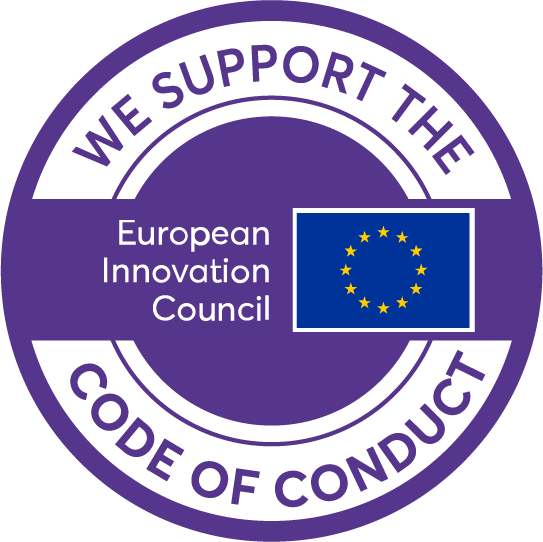On 6 March 2025, the Finnish Government submitted a legislative proposal to Parliament aimed at delegating regulatory authority to municipalities, giving local authorities enhanced control over electric scooters and other micromobility vehicles. This initiative aligns with the Finland’s National Transport System Plan for 2021–2032 and Prime Minister Orpo’s government programme to improve urban mobility and safety. It provides municipalities with tools to manage micromobility effectively.
The proposal, designed to enhance safety and reduce reckless riding, introduces a micromobility licence that allows cities to set their own regulations concerning operating hours, speed limits, and parking restrictions. Key measures include a proposed blood alcohol content (BAC) limit of 0.5 for riders and the extension of enforcement powers to traffic controllers, who would be authorised to administer breathalyser tests to cyclists and riders of light electric vehicles or motorised bicycles.
According to the Finnish Ministry of Transport and Communications, these changes are essential to achieving the national objective of eliminating road traffic fatalities by 2050. The micromobility licence would provide municipalities with an effective means of guiding services while considering local conditions. As the need for regulation varies between municipalities, licence conditions should be tailores accordingly. The proposed BAC limit brings micromobility regulation in line with existing motor vehicle legislation.
Technology plays a crucial role in improving safety, with traffic control devices and solutions such as speed limiting and geofencing to enforce designated parking areas. The micromobility licence conditions will allow service providers to implement these measures effectively.
By enabling municipalities to regulate fleet sizes and designate parking zones, the new framework could become a model for other cities. These measures are intended to ensure better organisation and reduce clutter, a common issue many urban areas. Given the rapid evolution of the micromobility sector, flexibility is a key consideration in the proposed legislation, which remains open to future technologies. Innovations that enhance safety are welcomed.
A referral debate on the proposal is scheduled in Parliament before proceeding to committee review. If approved, the statutory amendments are expected to come into effect on 1 May 2025.
Author: Carla Giaume
Views and opinions expressed are those of the author(s) and do not reflect those of the European Commission.












